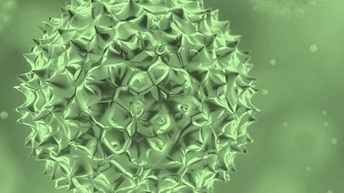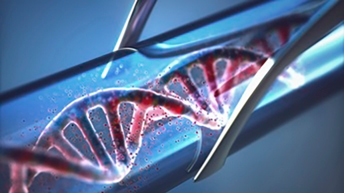
Explore our AAV Reference Standards solutions
Features at a glance
With our AAV8 reference standards, you will benefit from:
- High concentration
- AAV particles enriched for full capsids
- Genomic titer, capsid titer, full/empty and impurities measured in multiple orthogonal assays
- Detailed characterization data
- Support from our experienced scientific team
- Reliable stock availability
Technical specifications
- AAV8 wild-type full capsids
- Expressing EGFP with a CMV promoter
- Genomic and capsid titer at >1E12 VG/mL in 100 µL
- Formulated in DPBS, 0.001% Poloxamer 188
- Sterile filtered
- Stored in -80 °C
Applications
Methods used for characterization:
-
Genomic titer:
- qPCR with ITR primers
- ddPCR with ITR primers
- ddPCR with EGFP primers
Capsid titer:
- ELISA with AAV8 antibody
- AlphaLISATM assay with AAV8 antibody
Full capsid content:
- qPCR/ELISA
- Spectrometry
- Analytical ultra centrifugation
- Transmission electron microscopy
Functional capsid:
- Fluorescence expression
Viral protein ratio:
- SDS-PAGE
Impurity testing:
- Aggregation by DLS/SLS
- Next generation sequencing
- qPCR with host-cell DNA primers
- ELISA with host-cell protein antibody
- qPCR with plasmid backbone primers
- LAL assay for endotoxin
- qPCR with mycoplasma primers
- ELISA with endonuclease antibody
Featured resources
FAQs
-
What are the sequences for the capsid and the transgene?
All sequences are provided in the Technical Note. The capsid is an AAV8 wild-type, and the transgene is CMV-EGFP-WPRE.
-
How was the reference material produced?
Suspension cells based on the HEK293-F cell line were transfected with lipid-based reagent. Samples were purified by affinity chromatography, iodixanol ultracentrifugation, buffer exchange, and sterile filtration.
-
How can the material be used?
The AAV Reference Standard Material can be used as a positive control for analytical assays, as a standard curve for protocols such as qPCR and ELISA, or as a calibrator for new method development.

































